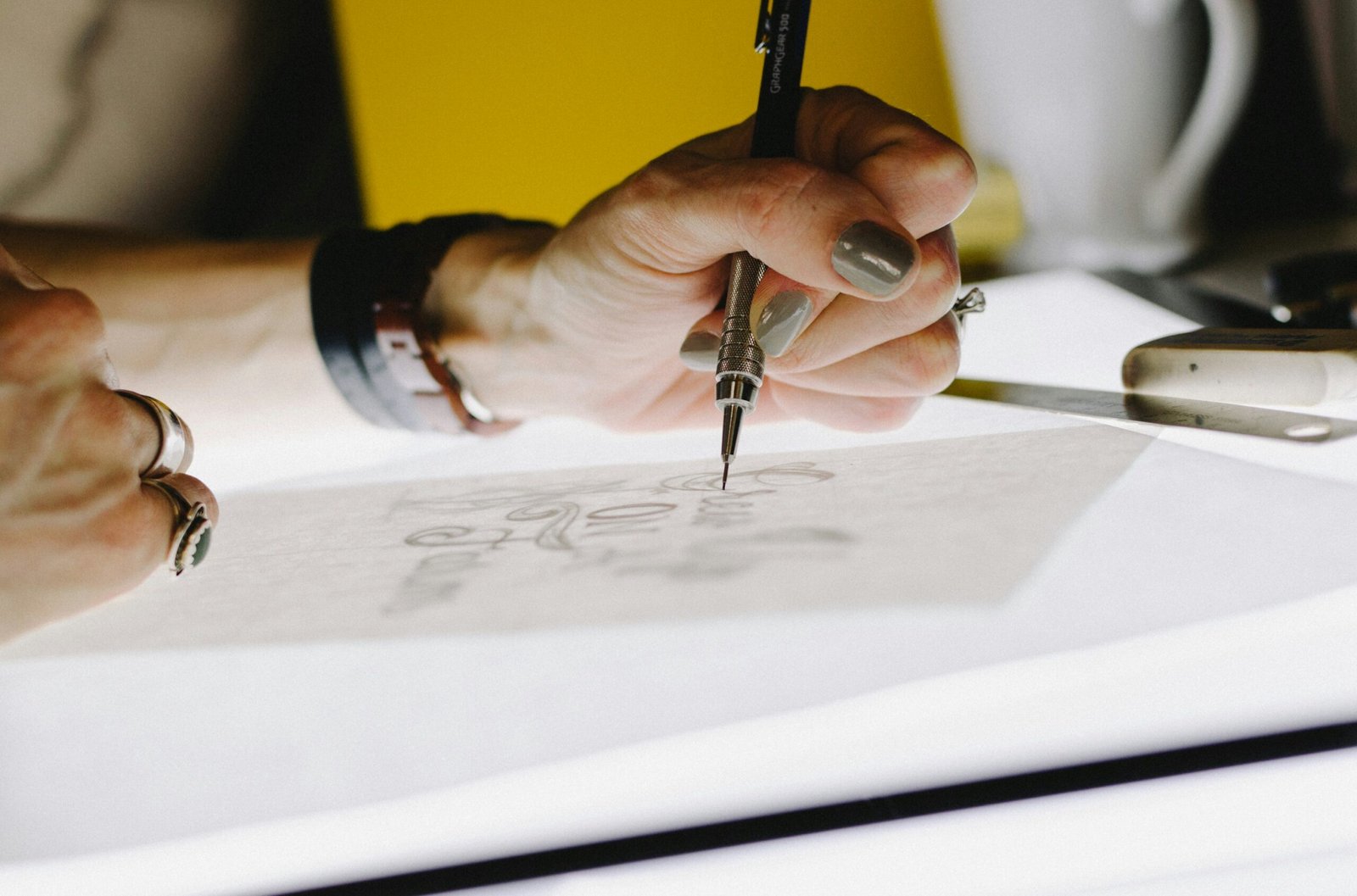How to Design a Good Logo

Designing a logo is a crucial step in establishing a strong visual identity for your brand. A well-designed logo can make a lasting impression on your target audience and set you apart from your competitors. In this article, we will discuss some key principles and steps to help you design a good logo.
1. Understand Your Brand
Before diving into the design process, it’s important to have a clear understanding of your brand and its values.Your brand’s logo ought to encapsulate its core identity and strike a chord with your intended audience. Consider the personality, values, and unique selling points of your brand, and how you want to be perceived by your customers.
2. Research and Inspiration
Take the time to research and gather inspiration for your logo design. Look at successful logos in your industry and beyond, and analyze what makes them effective. While it’s important to stay original, studying existing designs can provide valuable insights and help you identify trends and best practices.
3. Keep it Simple
In logo design, simplicity reigns supreme. A clean and straightforward logo stands out more, making it both memorable and adaptable. Avoid clutter and excessive details that can make your logo difficult to reproduce or recognize. Aim for a design that can be easily scaled down for smaller applications without losing its impact.
4. Choose Appropriate Colors
Color selection is pivotal in logo design, as it triggers emotions and communicates messages. Delve into color psychology and opt for a palette that resonates with your brand’s identity and principles. Keep in mind that colors can have cultural connotations, so it’s important to research and understand the meaning behind the colors you choose.
5. Typography Matters
Typography selection significantly influences the overall aesthetic of your logo. Select a font or create a custom lettering that complements your brand’s personality. Ensure that the typography is legible and works well in different sizes and formats. Avoid using too many fonts in a single logo, as it can create visual confusion.
6. Balance and Proportion
A well-designed logo should have a sense of balance and proportion. Pay attention to the placement and size of elements within your logo. Use grids or other design techniques to create a harmonious composition. Strive for a logo that feels visually balanced and pleasing to the eye.
7. Test and Iterate
Once you have a preliminary design, it’s important to test it in different contexts and gather feedback. Share your logo with colleagues, friends, and target customers to get their opinions. Iterate and refine your design based on the feedback received, making sure it aligns with your brand’s goals and resonates with your audience.
8. Scalability and Versatility
A good logo should be scalable and versatile, meaning it can be easily adapted to different mediums and sizes. Test your logo in various sizes, from large banners to small social media icons, to ensure it remains clear and recognizable. Consider how it will look in black and white, as well as in different backgrounds and applications.
9. Seek Professional Help if Needed
Designing a logo can be a complex task, especially if you lack design skills or experience. If you’re unsure about your abilities, don’t hesitate to seek professional help. Hiring a graphic designer or a design agency can ensure that your logo is created with expertise and meets the highest standards.
Remember, designing a good logo takes time and effort. It’s a process that requires careful consideration of your brand, research, and attention to detail. By following these principles and steps, you’ll be on your way to creating a logo that represents your brand effectively and leaves a lasting impression on your audience.



